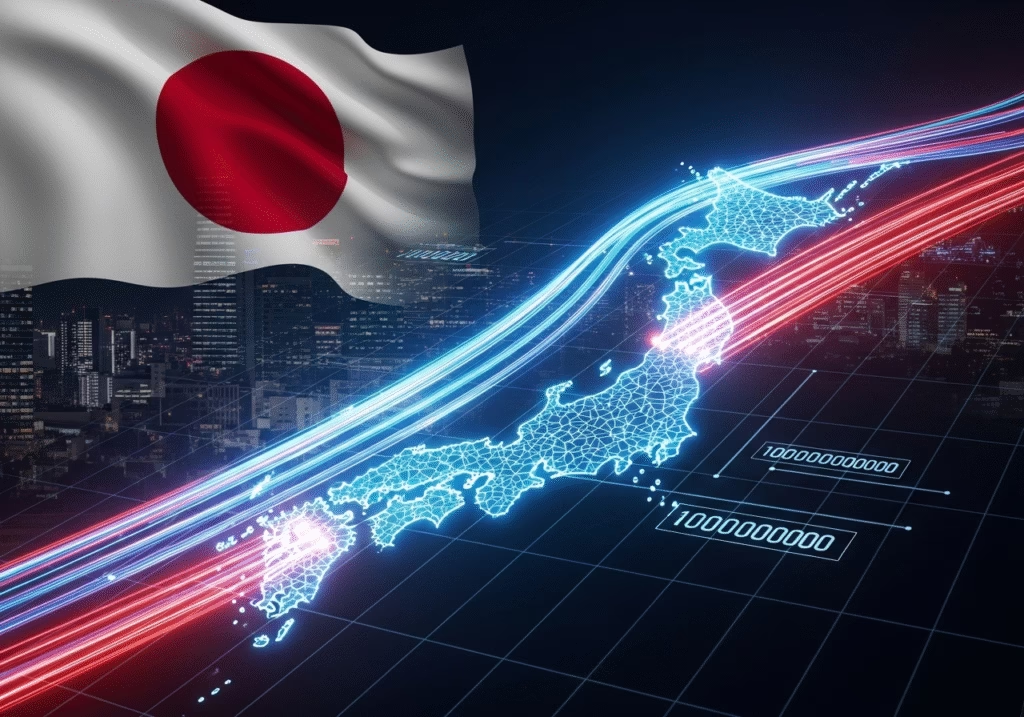Japan has cracked the global benchmark for internet speeds, achieving a staggering 1.02 petabits per second (Pbps)—a speed rapid enough to download the entire Netflix catalogue or the English version of Wikipedia in just one second.
The milestone was announced by the National Institute of Information and Communications Technology (NICT), marking a major leap forward in data transmission. The breakthrough demonstrates that exceptionally high-speed internet is possible using existing fiber infrastructure. Remarkably, the achieved speed is 16 million times faster than India’s average connection (approximately 63.55 Mbps) and around 3.5 million times faster than typical U.S. internet speeds.
To make this possible, NICT worked in partnership with Sumitomo Electric and European research groups. They used a specially engineered optical fibre containing 19 cores, thin channels within the cable that carry data, yet maintained the same outer diameter as standard fibres (roughly 0.125 mm). This means the ultra-high-speed performance doesn’t require an overhaul of the current infrastructure.
What This Means for Digital Innovation
The implications of this breakthrough are vast. At 1.02 Pbps, it would be possible to download the 100 GB English Wikipedia archive 10,000 times in a single second or stream multiple 8K-resolution videos instantly.
More importantly, the research shows that current fibre-optic networks can be significantly upgraded without being replaced. As advanced technologies such as video streaming, cloud services, and artificial intelligence continue to grow, the demand for faster internet is rapidly increasing. This innovation offers a promising solution.
Though NICT hasn’t announced when this technology might reach consumers, the achievement represents a significant milestone in fiber-optic communications and a glimpse into what the internet of tomorrow could look like.



